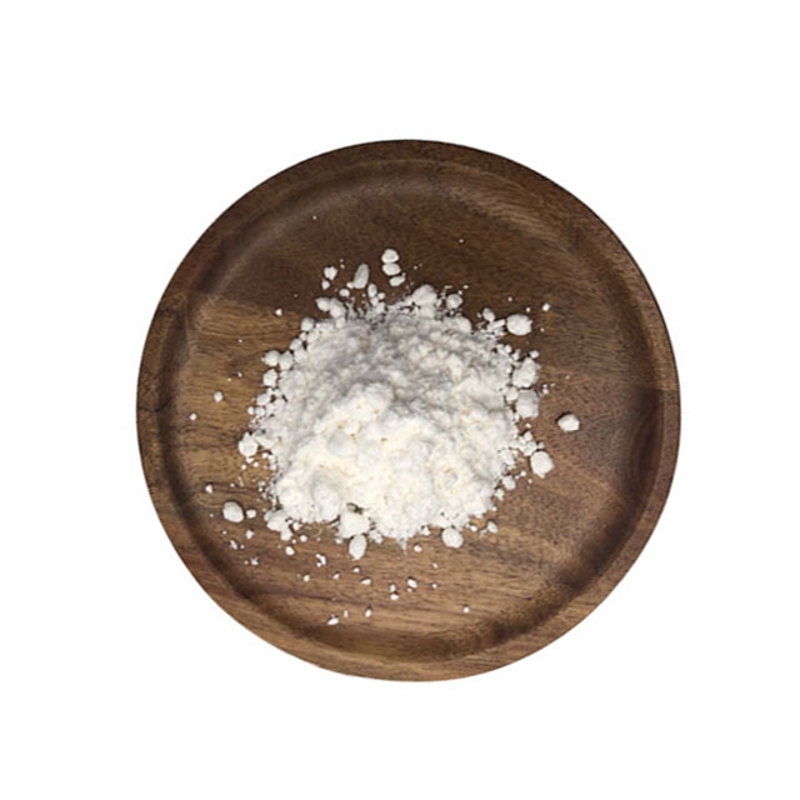-
Categories
-
Pharmaceutical Intermediates
-
Active Pharmaceutical Ingredients
-
Food Additives
- Industrial Coatings
- Agrochemicals
- Dyes and Pigments
- Surfactant
- Flavors and Fragrances
- Chemical Reagents
- Catalyst and Auxiliary
- Natural Products
- Inorganic Chemistry
-
Organic Chemistry
-
Biochemical Engineering
- Analytical Chemistry
- Cosmetic Ingredient
-
Pharmaceutical Intermediates
Promotion
ECHEMI Mall
Wholesale
Weekly Price
Exhibition
News
-
Trade Service
Sergey AGoryaynov of the Institute of Neurosurgery in Bourdenko, Russia, and others analyzed the effects of AED on 5-ALA fluorescence supplementation in surgery, and the results were published online in May 2019 in Frontiers in- From the article( Ref:Goryaynov SA,et al.
Front Oncol.2019 May 22; 9:423doi: 10.3389/fonc.2019.00423eCollection 2019low-level glioma (LGG) patients have a prognosis associated with tumor total cut rateHowever, glioma leaching increases, the boundaries are unclear, and the maximum safe full removal of the tumor can only be achieved in a few cases5-aminoacetyl acetic acid (5-ALA) fluorescence assist in the surgery to visualize the tumor, the main principle is that 5-ALA by a series of enzyme-promoted reactions, the production of a strong photosensitive protoscopic ix (PpIX)Recent studies have reported that anti-epileptic drugs (AEds) can cause damage to mitochondrial membranes, which inhibitSion of PpIX synthesis in glioma cellsSergey A Goryaynov of the Institute of Neurosurgery in Bourdenko, Russia, and others analyzed the effects of AED on 5-ALA fluorescence supplementation in surgery, and the results were published online in May 2019 in Frontiers in fluorescence intensity is determined by the surgeon's visual evaluation If only a small percentage of the tumor shows pink fluorescence and most of it is not fluorescent, it is classified as low intensity, more than half the size of the tumor is pink fluorescent, is determined to medium intensity, and the tumor is mostly bright red, which is determined to be high strength Of the 27 patients, 14 (52%) observed fluorescence during surgery and 13 (48%) did not see fluorescence Among the fluorescent tumors, 4 cases of hair cell-type astrocyte, 4 pervasive astrocyte tumors, 3 cases of less sudden glioblastoma, 2 cases of obese astrocyte tumors and 1 case of cone cell glioma From the degree of fluorescence distribution, 7 cases of fluorescence pervasive distribution (Figure 1), the remaining 7 cases showed a lesions Figure 1 The right frontal lobe II-level less protrusive glioblastoma presents diffuse fluorescence Preoperative FLAIR images show large large high-signal lesions in the right forehead; b visible cortical abnormalities under a white light microscope; c Tumors with moderate purple-blue fluorescence; d removed tumor specimens whose histology was examined as WHO II-grade less protrusive glioblastoma 15 (56%) patients had a history of preoperative seizures and took AED Of these, 11 cases (73%) showed no fluorescence in the procedure Of the 12 patients who did not take AED, 10 (83%) showed visible fluorescence Therefore, patients who did not take AED were more likely to develop fluorescence compared to patients who took AED before surgery (OR?0.15; 95% CI, 0.012-1.07; p.046) Using the logistic regression model, AED was an important factor affecting the incidence of fluorescence in the surgery when factors such as astrocyma, frontal lobe and dexamethasone were adjusted MrI after tumor removal showed that 16 cases (59%) were completely removed, 8 cases (30%) were fully removed, and 3 cases were partially removed (11%) Clinically, 21 patients had stable postoperative symptoms, 4 patients with improved symptoms and 2 cases of worsening symptoms In addition, statistical analysis showed that tumor fluorescence in the surgery was not related to the degree of tumor removal study showed that taking anti-epileptic drugs before surgery can affect the degree of tumor fluorescence in LGG surgery Therefore, the use of 5-ALA in the art, need to take into account a variety of factors.







